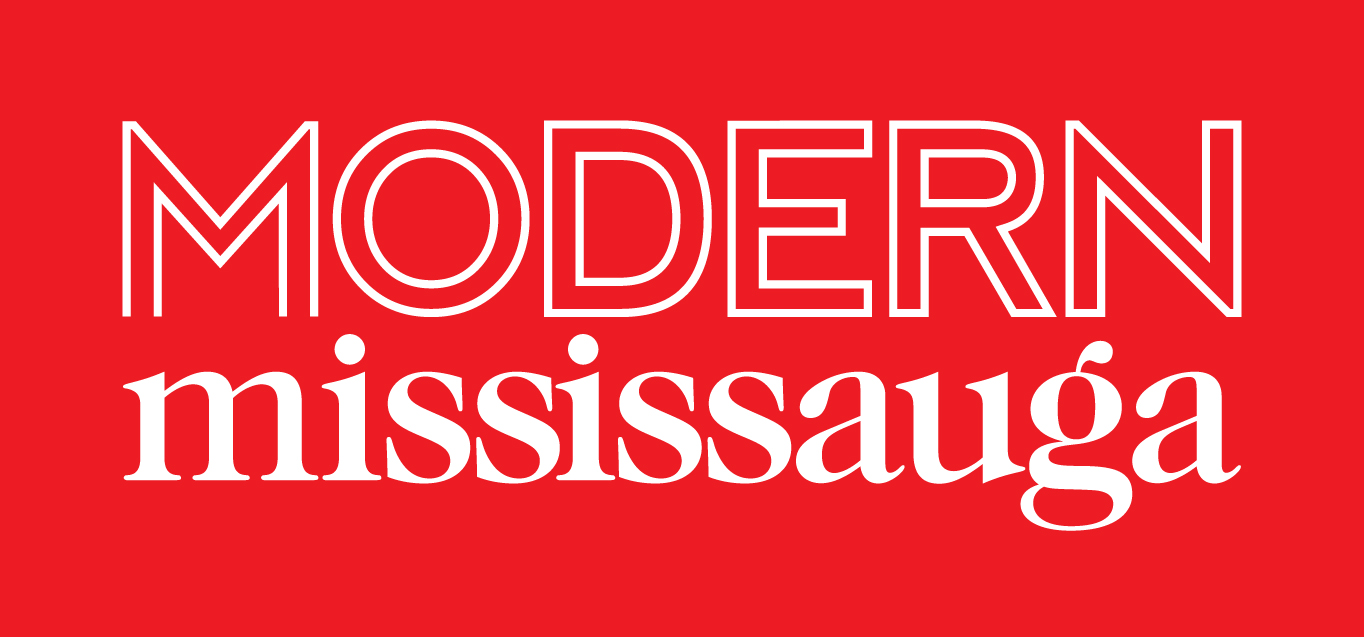Remembering Mississauga's Charles Cameron
/Portrait of Charles Cameron - taken in 1863 - photo courtesy of Delphine Cameron Large (1)_page-0001
Part of the Sheridan Homelands subdivision today is located on a former 200-acre farm property. The historic farm property (Lot 35, Concession 1, South of Dundas Street) is located today at the southeast corner of Dundas Street West and Winston Churchill Boulevard, and it originally stretched down to what is now the QEW. The land patent for this property was issued to Charles Cameron Sr. (1783-1867) on June 6, 1810. Family stories suggest that Cameron had been on the property since 1806, after having submitted a petition for land in 1804.
But who was Charles Cameron?
Charles Cameron Sr. born in Inverness, Scotland. His military career is said to have begun at the age of 7 as a drummer boy with his father’s regiment. By 1790 Charles’ father James, then serving with the 26th Regiment, was stationed in Quebec. The Cameron family, including young Charles, travelled with the army. Following James’ passing in 1800, the family relocated to York (Toronto), and found lodging at Government House, serving the family of Lt-General Peter Hunter (who was then the Lieutenant Governor of Upper Canada). Family tradition suggests that Charles lived at Government House for 2 ½ years, serving as Lt-General Peter Hunter’s Aide-de-camp while awaiting the age of majority to submit his own land petition. Lt-General Hunter left Canada in 1804 and was replaced in 1805 by Alexander Grant. Charles Cameron made a land petition to remain in Canada in July of 1804:
Charles Cameron gravestone - St Peter's Anglican Cemetery, Mississauga
That your petitioner is a native of Scotland and was a soldier in the 26th Regiment of Foot from whence he is regularly discharged. That he lived in the late Lt. Gov. Hunter’s (governor of Upper Canada and commander-in-chief of British forces in America, this house was called Government House in York, where many soldiers lived) family two years and a half and being desirous to settle in this province wishes to obtain a vacant lot of land of the Crown. That he is prepared and undertakes in case his petition should be favourably answered to pay within three days from the date of your Honour’s order in Council into the hands of His Majesty ... Wherefore your petitioner prays that your Honour may be pleased to grant him 200 acres of Waste Land of the Crown under the Regulations and upon the 6 July 1804 as in duty bound will we pray.
Charles would receive, and settle on, Lot 35, Concession 1, SDS here in historic Mississauga in 1806. In 1808, Charles married Sarah Houghton at St. James Church in York (Toronto). Sarah was the daughter of a retired Queen’s Rangers officer. Sarah and Charles had at least 10 children: Eliza (1808-1896), Mary (1810-1842), James (1813-1889), Maria (1815-1841), Donald (1819-1900), Ann Nancy (1820-1901), William (1822-1872), Elizabeth (1825-1885), Sarah (1827-1912) and Charles Jr. (1827-1901).
When the War of 1812 broke out, Charles Sr. offered his services to Crown in defence of his new homeland. Given his previous military experience, Charles served as a Sergeant with the 3rd Regiment of York Militia under the command of Captain Duncan Cameron (relationship unknown). He was present at several engagements during the war. Charles was captured, and subsequently paroled, by invading American forces during the attack on Fort York in April of 1813.
Back at home on the farm, in 1814 Charles sold the southern 100 acres of his property, retaining the northern 100 acres abutting Dundas Street. Delphine Cameron Large writes in her book “Our Camerons of Lochiel”:
One cannot imagine the trials and tribulations that would have been experienced at that time. The land was wall to wall trees and only trails existed at that time … by late 1810 five acres had been cleared and fenced, a 17x19 log dwelling had been erected, all trees in front of the clearing and within 100 ft of the road were cut down and half the allowance for a road was cleared except for logs which were left for a projected causeway.
Cameron plaque, Charles Cameron gravestone, St Peter's Cemetery
In 1827, Charles built a more substantial one-and-a-half story stone house, replacing the earlier log cabin. Stone and brick houses were representative of permanence on the landscape and for many signified that the family had “made it”.
The Camerons also attended St. Peter's Anglican Church regularly, which was in nearby Erindale. The early crossroads community that would develop near his property came to be called Frogmore in 1863, just a few years before Charles passed away.
By 1851, the Cameron family had 99 acres, of which 75 acres were under cultivation. Their registered livestock included 3 steers, 5 milk cows, 3 horses, 2 colts, 33 sheep and 15 pigs. They also harvested wheat, hay, buckwheat, peas and potatoes, maintained a fruit orchard, and made their own cider and butter.
When Charles Cameron Sr. passed away in 1867, his estate was valued at $1135 (a considerable amount at the time), and consisted of two houses, one wagon, one buggy, one sleigh, and shares in the plank road company, in addition to livestock and 95 acres of land. Land was left to his son Charles, while the houses were left to his sons William and Donald. William was to care for his mother and his two unmarried sisters, Elizabeth and Sarah. He also provided for his living children in his Will. Charles Cameron, along with his wife and several children, are buried at St. Peter’s Anglican Cemetery in nearby Erindale.
Of note, the Plank Road Company referred to in his Will is most likely the Streetsville Plank Road Company, which was a joint stock company formed in June of 1847.
The farm remained in the Cameron family until 1887, when Mary Cameron sold the farm to Edwin South. The farm was sold several times over the years, including to James Loney (1915), Archie Laing (1918), Olivia Evans (1919), Frederick Bowman (1930), Ellenor Donnelly (1951), and Peter Treves and Riccardo Falco (1953). In 1959 the property was acquired by Loudon Home Builders Ltd., and in 1965 by Alcan Design Homes Limited. In 1968 Plan 824 was registered, followed by Plan 874 in 1969, paving the way for subdivision development of the former Cameron farm.
Special thanks to information compiled on the Cameron family by James Reid, Delphine Cameron Large, Dorothy Kew, Bob Lang and Richard Gerrard over the years. Previously published in in the Sheridan Times magazine from the Sheridan Homelands Ratepayers' Association.













